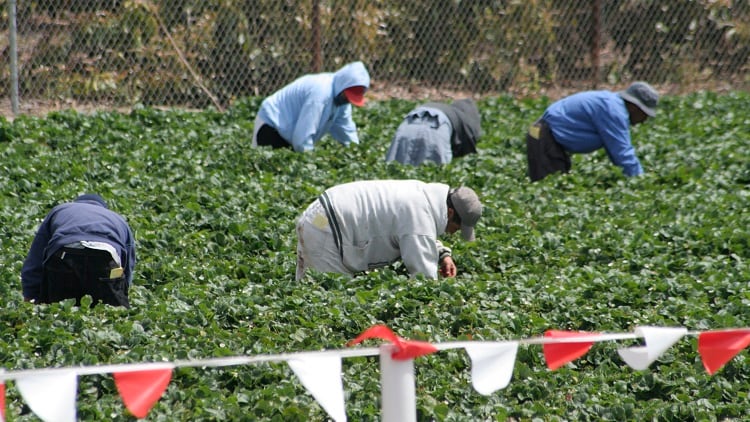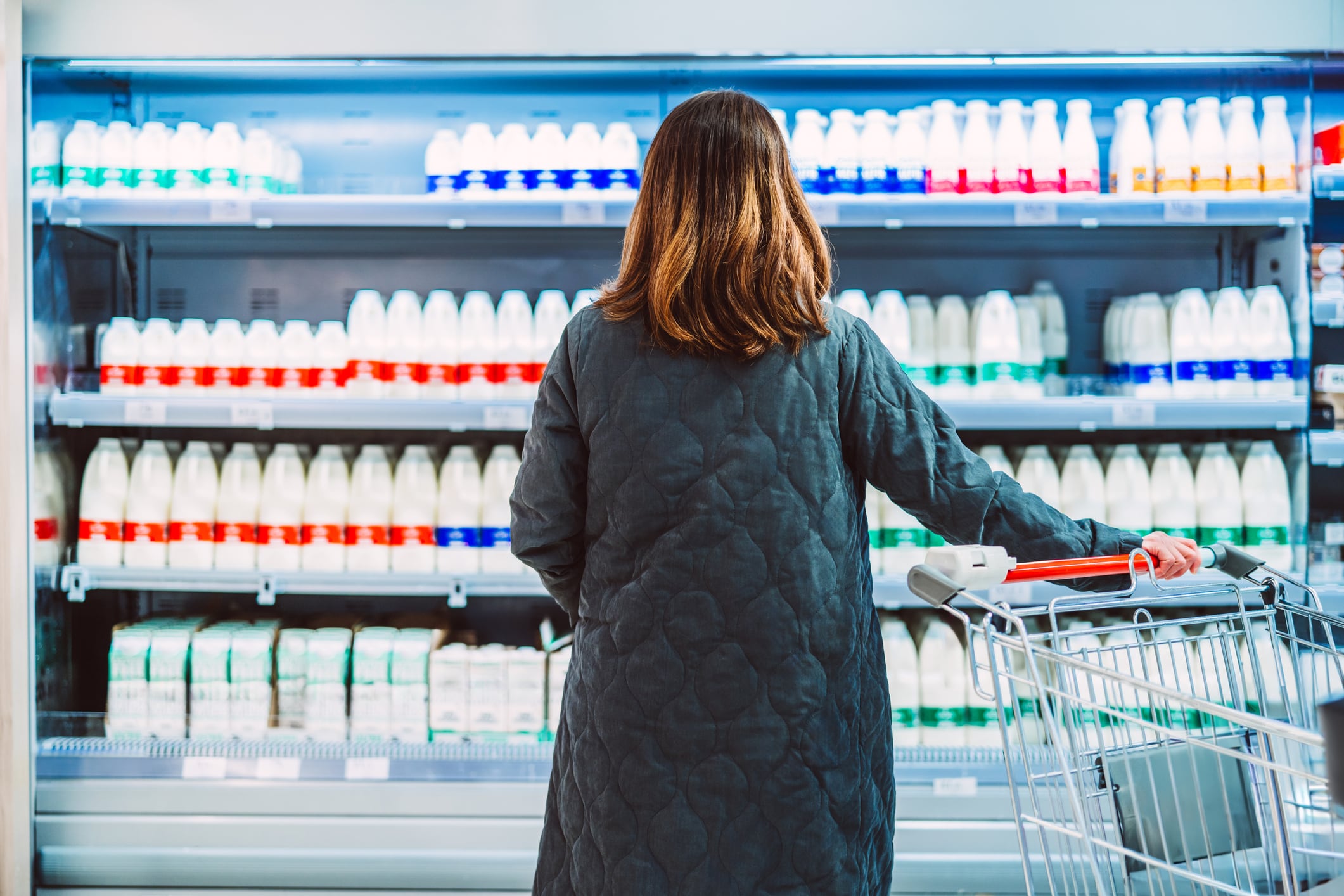Food, drinks and agricultural products continue to be most at risk of theft in the global supply chain, accounting for almost a third (32%) of all incidents.
The report from supply chain intelligence firm BSI Consulting shows that most sectors saw a spike in thefts last year. While a proportion of this rise may be a result of improved surveillance and reporting methods, the analysis shows that challenges are intensifying in both scope and scale.
Food and beverage thefts grew by 79% year-on-year, while agriculture saw 73% uptick. Together, the two categories represented around half of all in-transit hijackings.
Food and drink also accounted for 22% of all product thefts and 29% of supply chain hijackings. Agriculture meanwhile represented 10% of all product thefts.
A notable incident for the UK was the theft of 22 tonnes of cheese from Neal Yard’s Dairy. The London cheese company delivered 950 wheels of cheese to alleged fraudster posing as a wholesale distributor for a major French retailer. This resulted in a loss of more than £300,000 worth of clothbound Cheddar. Neal’s Yard Dairy described the fraud as “deceptively convincing”.
Globally the most frequent form of attack was hijacking theft, accounting for 21% of all incidents (+10% in 2023) and occurred most in South America (52%), North America (23%) and Africa (14%).
The retail industry was particularly impacted by this type of theft as incidents rose from 9% in 2023 to 11% in 2024.
The British Retail Consortium’s (BRC) annual crime survey highlighted similar findings, showing that theft has reached an all-time high with 20 million incidents recorded in 2023/24. This has resulted in an estimated cost of £2.2 billion for retailers.
Unsurprisingly, the amount spent on crime prevention is also at a record high, with retailers investing £1.8 billion on measures such as CCTV, more security personnel, anti-theft devices and body worn cameras, up from £1.2 billion the previous year. This takes the total cost of crime to an eye-watering £4.2 billion – up from £3.3 billion. The BRC report also flagged a climb in violence and abuse in 2023/24 within retail, which have increased from 1,300 a day to 2,000.
Globally, BSI Consulting also found that 41% of all global thefts occurred in-transit, 21% from warehouses, 4% at unsecured roadside parking, and 4% in car parks.
The analysis also uncovers cases of companies or employees staging the hijacking of their own trucks to file fraudulent insurance claims, or warehouse managers and employees taking advantage of incomplete records to siphon untracked goods. In more elaborate schemes, unauthorised keys are created by workers to access restricted areas.
Commenting, Susan Taylor Martin chief executive of BSI said: “As geopolitical tensions, economic fluctuations, climate-driven disruptions, rapid regulatory shifts and of course the opportunity of AI redefine traditional models of operation, we are at a pivotal moment for global supply chains.
“With supply chains vulnerable to different pressures, businesses must prioritise resilience throughout the supply chain by leveraging technological innovation, risk management strategies and effective information management.”
Sergio Nogueira, president of BSI Consulting, added: “With the new US administration shifting the approach to global trade, this report highlights the multifaceted challenges that businesses must navigate in their supply chain, from trade disruption and tariffs, to rising instances of fraud and insider risks or the growing vulnerabilities introduced by the digitisation of systems. These challenges are not isolated but deeply interconnected, emphasising the need for a holistic approach to supply chain resilience—viewing all risks together through a single lens.”





